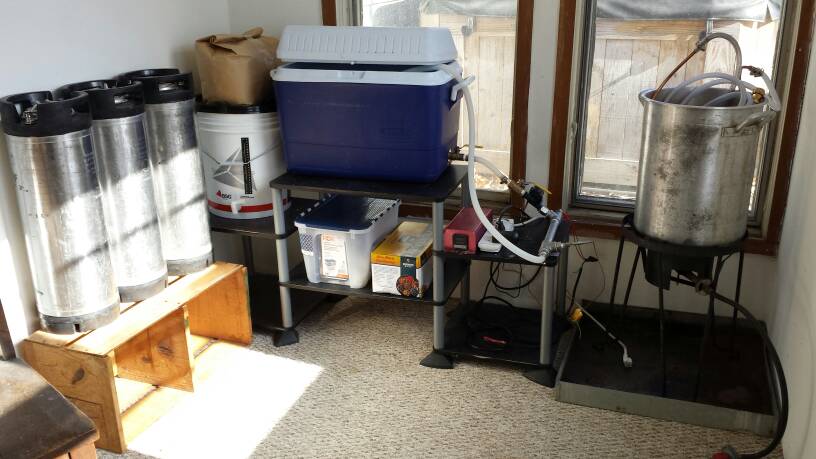augiedoggy
Well-Known Member
Have you put it together?
I had an engine to finish building and swap this summer as I'm restoring an old corvette plus I was pretty involved in converting my camper to solar this spring so the brewing hobby have been on hold till now. But I have been pricing components and deciding on which way to build it ...
I do believe this will trim a some waiting time off of my brewday since I now have to wait to heat my sparge water up to temp until my recirculation is done.
plus I already have the extra pid which is only monitoring the output temps of my mashtun at the moment.
I think I will be building a larger "2.0" control panel soon.




![IMG_20150116_221917[1].jpg IMG_20150116_221917[1].jpg](https://cdn.homebrewtalk.com/data/attach/211/211928-IMG-20150116-221917-1-.jpg)
![IMG_20150116_221853[1].jpg IMG_20150116_221853[1].jpg](https://cdn.homebrewtalk.com/data/attach/211/211929-IMG-20150116-221853-1-.jpg)
![IMG_20150116_221940[1].jpg IMG_20150116_221940[1].jpg](https://cdn.homebrewtalk.com/data/attach/211/211930-IMG-20150116-221940-1-.jpg)



